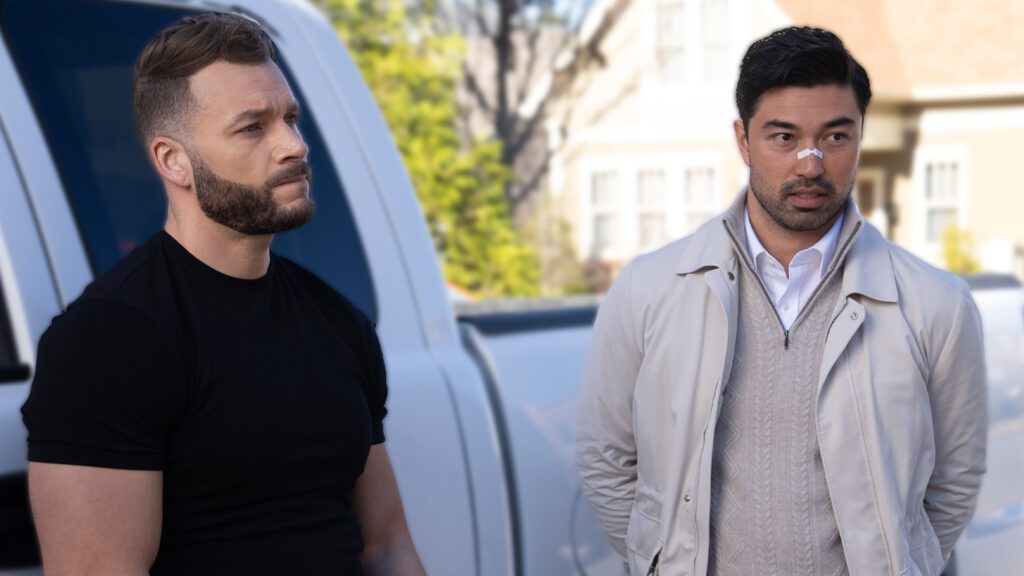Remington Hoffman’s Unexpected Path: From Modeling to Challenging Stereotypes in Hollywood
Remington Hoffman’s journey into the world of modeling and acting was as unexpected as it was transformative. It all began on a surf trip to San Diego, where a stranger approached him with an unusual suggestion. “At first, I thought the guy was hitting on me,” Remington recalled with a laugh. The man had complimented his appearance and urged him to consider modeling—a suggestion that felt far-fetched to Remington, who hadn’t always been confident about his looks. “I’d been overweight as a kid, so I never saw myself that way. Modeling wasn’t even on my radar.”
Despite his initial skepticism, curiosity got the better of him, and Remington eventually visited the man’s agency. That decision led him to San Francisco, where he began working as a model for well-known brands like JCPenney and Levi’s. What started as a whim turned into a successful career. “I wasn’t expecting to enjoy it as much as I did,” Remington said. “It opened doors I never thought possible.”

This feeling of being “in-between” pushed Remington to reflect on the broader issue of representation in media. His early experiences of navigating an industry unsure of how to embrace Asian-American talent planted the seed for what would become a deeper mission in his acting career. “Back then, you didn’t see many people who looked like me on TV,” he explained. “And when you did, it was usually an over the top stereotype.” Determined to challenge these limited portrayals, Remington pivoted to acting, seeking out roles that would break the mold and push boundaries—an ambition that would lead him to his current role as Bryce in Zatima.
In Bryce, Remington found exactly what he was looking for. “Bryce isn’t your typical Asian character—he’s confident, sexual, and complex,” he explained. “What I love most is that his interracial relationship with Angela isn’t treated like a gimmick or a plot device. It just exists naturally.” The role allowed him to explore themes beyond race, such as Bryce’s bisexuality and his struggles with honesty in relationships. “These are real issues people face, no matter their background,” Remington said. “It’s refreshing to play a character who isn’t defined by just one part of who he is.”
Reflecting on how far Asian-American representation has come, Remington pointed to the 2018 film Crazy Rich Asians as a watershed moment. “That movie opened doors for so many of us,” he said. “I actually auditioned for Henry Golding’s role! And Constance Wu, who trained with me at the same at The Archibald Studio in LA, showed how a movie like that could change careers.” The success of Crazy Rich Asians—the first major Hollywood film with an all-Asian cast—was a turning point, not just for Asian actors but for Hollywood as a whole. “It was the first time we saw an all-Asian cast in a profitable Hollywood film,” Remington reflected. “That was huge. It showed that we can lead major projects and be seen as more than just side characters.”

Yet, despite this breakthrough, Remington knows that the fight for better representation is far from over. “It’s not just about getting in the door—it’s about staying in the room and changing the narrative,” he explained. “Bryce’s character is a step in the right direction because it shows that Asian men can be funny, sexual, and flawed—just like everyone else. We need to make sure people see us as fully human.”

Remington is well aware of how much Bryce’s character pushes back against long-standing stereotypes about Asian men in the media. “There’s this frustrating idea that Asian men aren’t allowed to be sexy or desirable,” he said. “But in real life, people are far more complex than what’s typically shown on screen.” He shared a light-hearted moment from the set of Zatima, where he joked with his castmates about the different ways men of various ethnic backgrounds are portrayed. “African-American men are often expected to be hyper-masculine and take off their shirts, and I was like, ‘Let me get in on one of those sex scenes!’ because Asian men rarely get those moments.”
Beneath the humor, Remington’s point was clear: diverse portrayals matter. It’s not just about being on screen—it’s about being seen in all the fullness of human experience. That’s why he finds Bryce’s relationship with Angela particularly significant. “Their relationship isn’t treated like something exotic or unusual—it’s just real,” Remington said. “They’re two people navigating the complexities of love, trust, and identity, like anyone else.”
As our conversation continued, it became clear how deeply Remington values the importance of normalizing diverse portrayals. “I think it’s important that mixed-race relationships like theirs are shown as normal, without needing to be a constant topic of conversation,” he said. “That’s how it is in real life, after all. The most important thing is that people see characters like Bryce and Angela and think, ‘Yeah, that’s just life.’ The more we normalize these portrayals, the more we reflect the reality of our world.”

When asked to look ahead, Remington’s optimism was tempered with realism. “We’ve come a long way, but there’s still more work to do,” he said. “We’re making progress, and I feel lucky to be part of that change, but we have to keep pushing. It’s about showing that everyone—regardless of race—can be fully human on screen. I feel honored to represent Asian Americans in film and television.”
Photography Credit: The Riker Brothers






